These brilliant canines master commands faster than your smartphone learns your face.
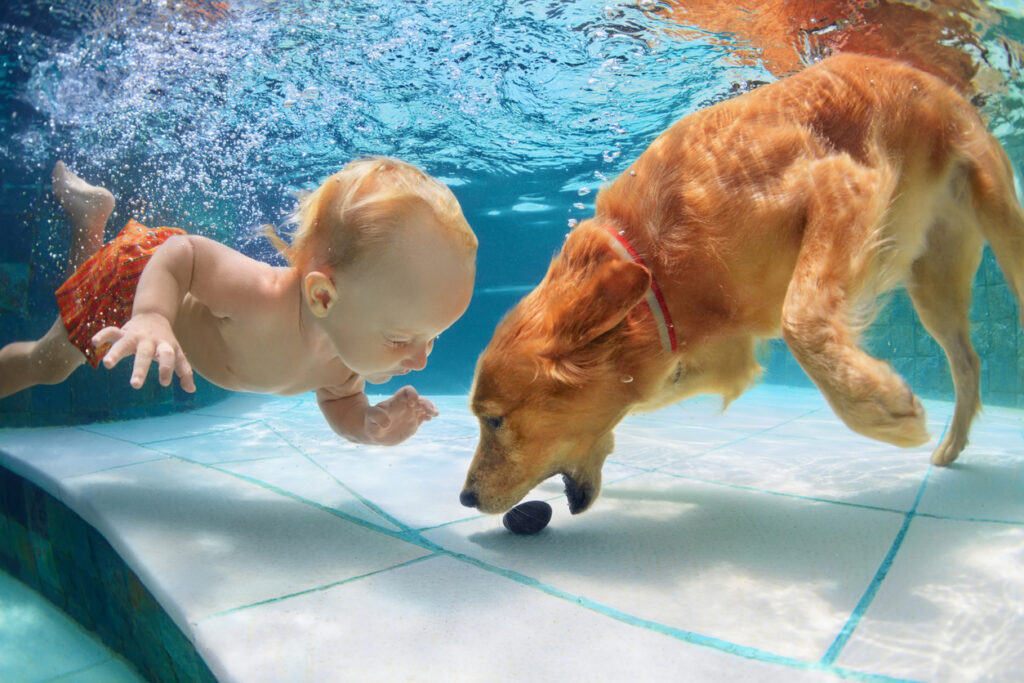
Your dog just stared at you blankly when you said “sit” for the tenth time this morning, didn’t they. Meanwhile, your neighbor’s pup seems to practically read minds, following complex commands like some sort of four-legged Einstein. The truth is, some dogs are genetically wired to be training superstars while others, well, prefer to think it over. Recent scientific research has cracked the code on which breeds excel at learning commands, solving problems, and actually listening when you call their name. These aren’t just random observations from dog parks but findings backed by rigorous studies examining everything from genetic markers to cognitive tests across thousands of dogs.
1. Border Collies turn homework into child’s play.
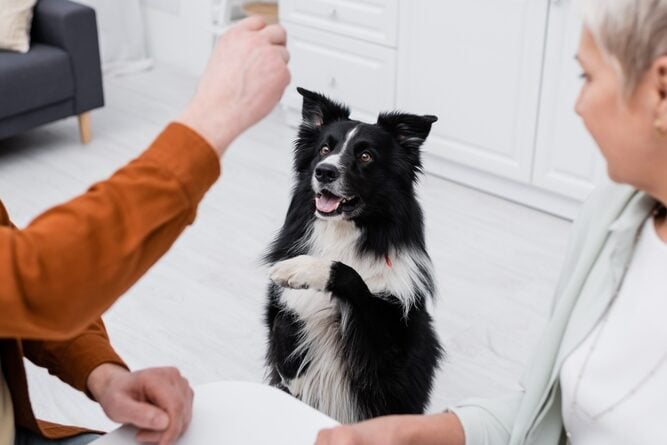
You’ve probably heard this one before, but science keeps proving it true. According to Dr. Stanley Coren, the renowned psychologist who surveyed over 200 professional dog obedience judges, Border Collies consistently ranked at the top for working and obedience intelligence. These herding dynamos can master new commands in fewer than five repetitions and obey first-time commands 95% of the time.
But here’s what makes them truly extraordinary beyond the statistics. Border Collies in this group aced “the cylinder test,” a common animal cognition studies task that requires memory and impulse control. Their brains seem hardwired for problem-solving, making them feel less like pets and more like furry colleagues who happen to be excellent at fetch. Just remember that all this intelligence comes with a caveat: these dogs need serious mental stimulation, or they’ll find their own entertainment, which might involve redesigning your living room furniture.
2. Poodles prove fluff doesn’t mean empty-headed.
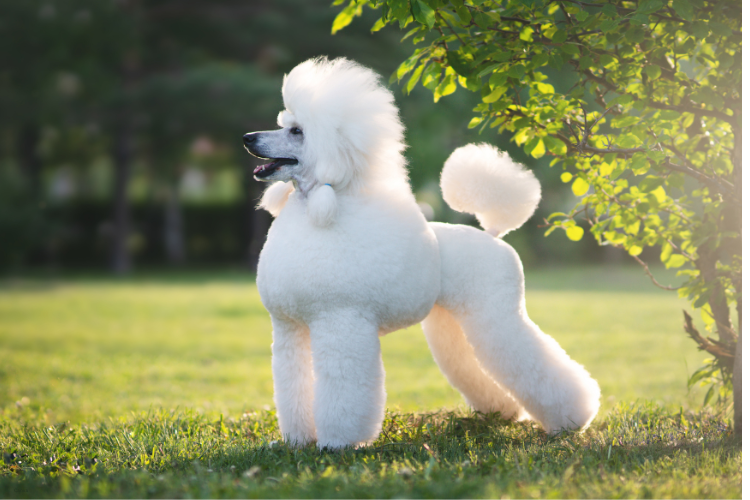
Don’t let those fancy haircuts fool you into thinking Poodles are all show and no substance. These curly-coated brainiacs consistently rank second in intelligence studies, and their trainability is legendary across all three sizes. Whether you’re dealing with a Toy, Miniature, or Standard Poodle, you’re working with a dog whose ancestors were selected for more than just looks.
A 2022 study of 18,385 dogs found that certain behavioral traits (including responsiveness to direction and commands) are indeed heritable. Poodles inherited this genetic lottery ticket in spades. Their combination of high intelligence and genuine eagerness to please creates the perfect storm for training success. These dogs actually seem to enjoy learning new tricks, approaching each session like it’s an intellectual puzzle rather than work. Plus, their problem-solving abilities are so sharp they’ve historically been used as circus performers, proving they can handle complex routines with style.
3. German Shepherds make obedience look effortless.
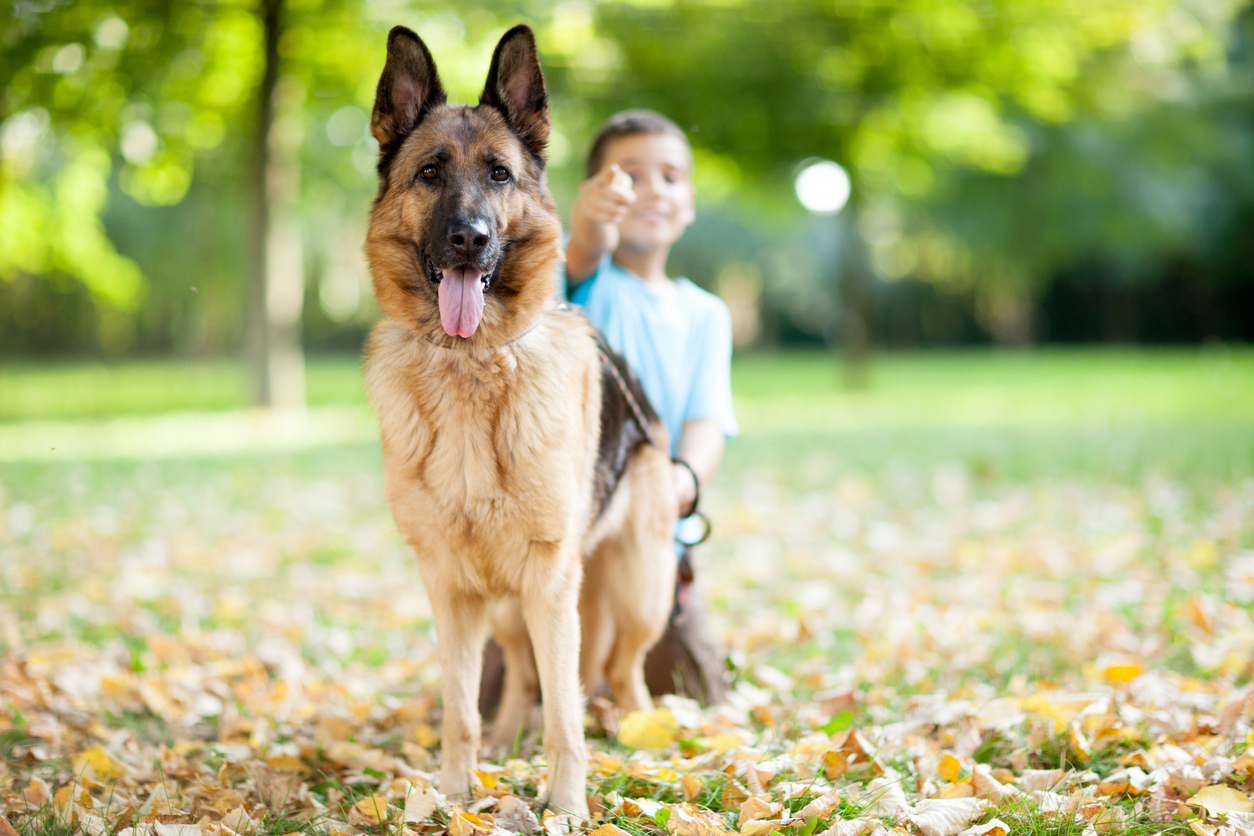
German Shepherds earned their reputation as the ultimate working dogs for good reason, and it goes far beyond their impressive appearance. Ranking third in Coren’s intelligence studies, these dogs were literally bred for their superior mental capabilities. What sets them apart is their ability to learn commands on the first try, a trait that makes them invaluable in police work, military operations, and service roles.
Their success stems from a unique combination of intelligence and work ethic that’s hard to match. According to Dr. Stanley Coren, a renowned dog researcher, here are some of the most trainable breeds, with German Shepherds consistently making the top tier. These dogs don’t just learn commands; they seem to understand the reasoning behind them. Their focus is laser-sharp, and they genuinely want to work alongside humans rather than simply please them. This makes training feel more like teaching a willing student than breaking in a stubborn animal.
4. Golden Retrievers master the art of being perpetual students.
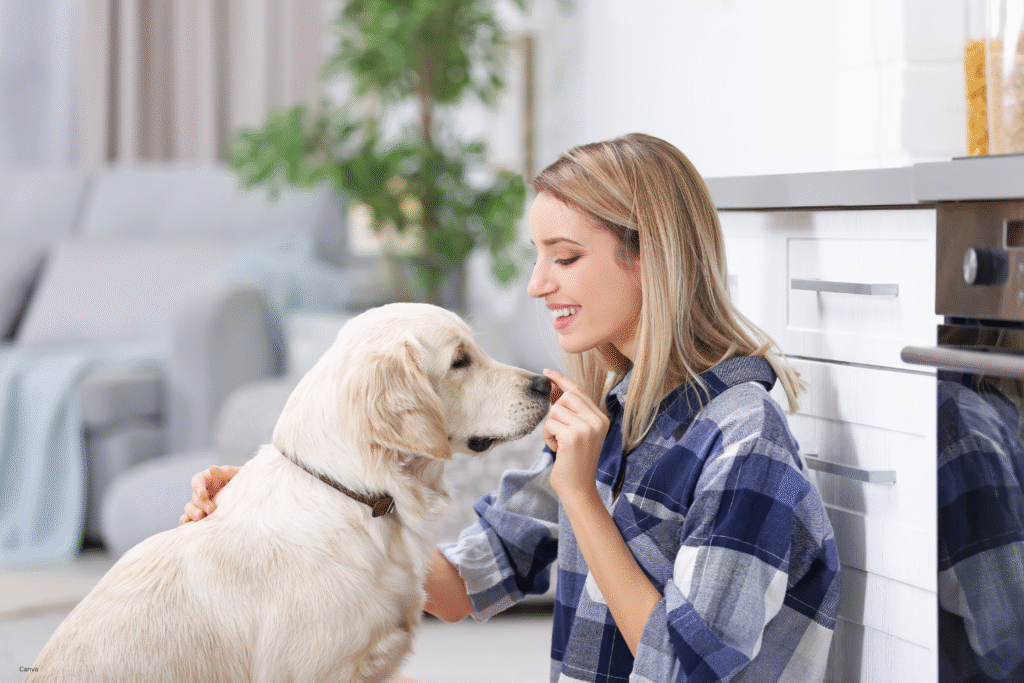
Golden Retrievers have built their reputation on being the ultimate family dog, but their trainability runs much deeper than their friendly demeanor suggests. These dogs possess what researchers call “biddability” – an almost supernatural willingness to respond to human direction. Their success in service work isn’t accidental; it’s the result of generations of breeding for dogs who genuinely want to help.
What makes Goldens special isn’t just their intelligence but their emotional intelligence. They read human emotions like open books and adjust their behavior accordingly. This emotional attunement makes training sessions feel more like conversations than drills. Their persistence is remarkable too – they’ll keep trying to understand what you want even when the lesson gets challenging, approaching each new command with the enthusiasm of a kid opening presents.
5. Doberman Pinschers bring military precision to everyday commands.

Dobermans might look intimidating, but their true superpower is their incredible capacity for learning and retention. These sleek athletes rank fifth in intelligence studies and bring an almost Germanic efficiency to training sessions. They don’t just learn commands; they perfect them, approaching each task with the precision of a Swiss watch.
Their training style is refreshingly straightforward. Dobermans prefer clear, consistent communication and respond best when they understand their role in the household hierarchy. Once they grasp what’s expected, they deliver results with remarkable consistency. Their working heritage shows in everything they do – these dogs were bred to think on their feet while maintaining absolute reliability under pressure.
6. Shetland Sheepdogs prove size doesn’t determine smarts.
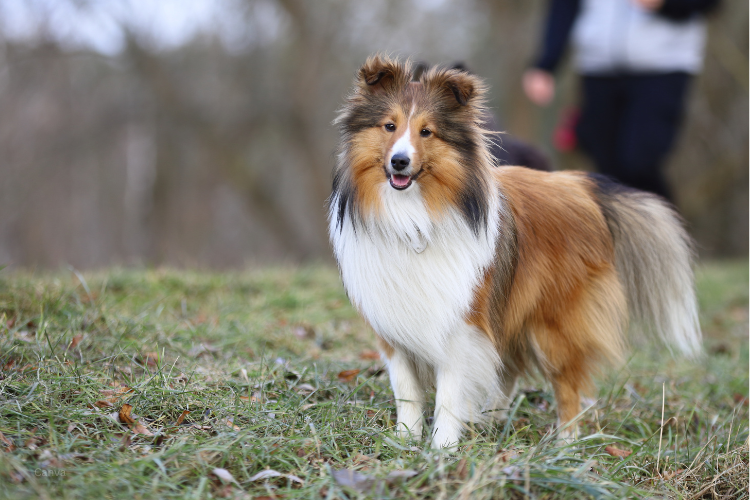
Don’t mistake these fluffy miniatures for decorative cousins of the Collie. Shelties pack serious brainpower into their compact frames, ranking sixth in Coren’s intelligence studies. These dogs can learn new commands in fewer than five repetitions and demonstrate the kind of problem-solving abilities that would make larger breeds envious.
Shelties approach training with an intensity that’s almost comical given their size. They take every lesson seriously, focusing with the dedication of tiny professors. Their herding instincts make them naturally responsive to direction, but it’s their eagerness to please that really accelerates the learning process. These dogs genuinely enjoy the mental challenge of training and will often repeat commands perfectly long after the lesson has ended.
7. Labrador Retrievers turn training into tail-wagging fun.

Labs have mastered the art of making learning look easy and enjoyable. Their secret weapon isn’t just intelligence – it’s their infectious enthusiasm for everything life throws at them. These dogs approach training sessions like they’re attending the world’s best party, bringing energy and optimism that makes even difficult lessons feel manageable.
Their success stems from a perfect combination of smarts and personality. Labs are naturally curious and food-motivated, creating ideal conditions for positive reinforcement training. They’re also remarkably forgiving of human mistakes during training, maintaining their cheerful attitude even when sessions don’t go perfectly. This resilience makes them excellent choices for first-time dog owners who might still be learning the ropes themselves.
8. Papillons pack big brains into tiny packages.
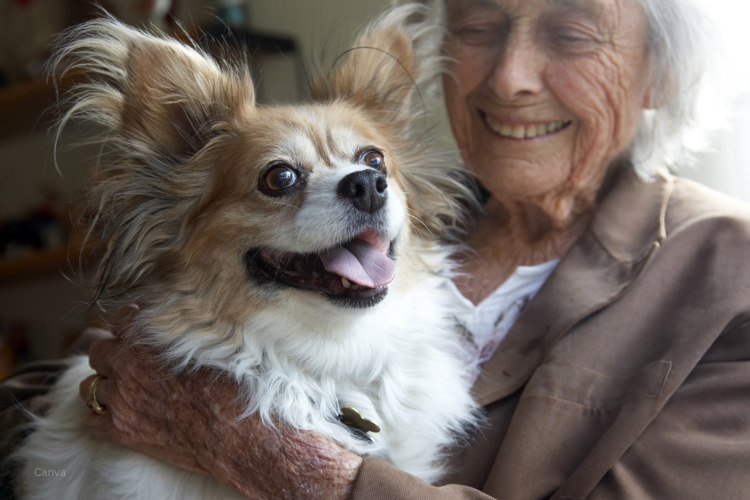
Named for their distinctive butterfly-like ears, Papillons prove that intelligence comes in all sizes. These tiny dynamos consistently outperform much larger breeds in obedience and agility trials, bringing a level of focus and determination that’s truly impressive. Their small stature often leads people to underestimate their capabilities, but these dogs are serious competitors.
Papillons approach training with the intensity of much larger working dogs. They’re quick studies who retain information remarkably well, often mastering complex trick sequences that would challenge dogs twice their size. Their alertness serves them well in training situations – they pick up on subtle cues and body language that other dogs might miss entirely.
9. Rottweilers combine power with precision in learning.
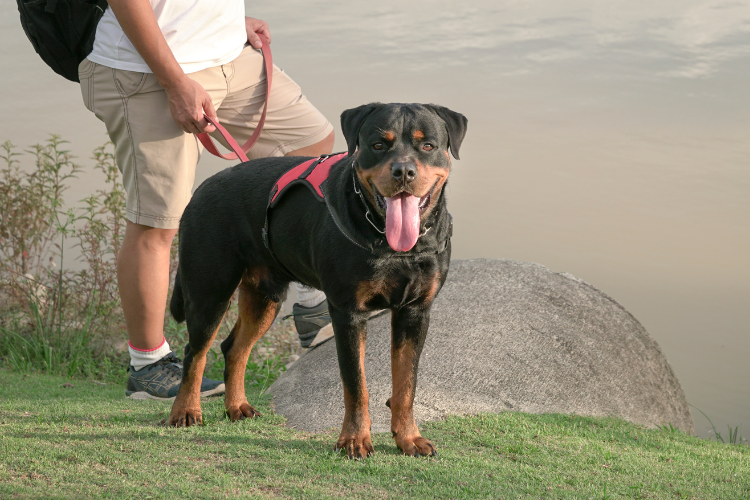
Rottweilers might look like intimidating powerhouses, but their true strength lies in their remarkable trainability and steady temperament. These dogs bring a calm confidence to training sessions that makes them incredibly reliable students. They’re not flashy learners, but they’re thorough ones, taking time to understand commands completely before executing them with characteristic precision.
Their working heritage shines through in their approach to training. Rottweilers were bred to be thinking dogs who could work independently while still following direction. This background creates dogs who understand the value of rules and structure. They respond especially well to consistent, fair training methods and develop strong bonds with trainers who respect their intelligence.
10. Australian Cattle Dogs turn intensity into intelligence.

Australian Cattle Dogs bring an almost manic energy to learning that can be both impressive and exhausting. These compact herding machines were bred to think on their feet while controlling livestock, creating dogs with remarkable problem-solving abilities and an intense desire to work. Their training sessions often feel more like high-energy negotiations than traditional lessons.
What sets Cattle Dogs apart is their ability to learn complex sequences quickly while maintaining focus under pressure. They’re not content with simple commands; they want challenging tasks that engage both their bodies and minds. Their intelligence is practical and applied – they don’t just learn tricks, they master skills they can use in real-world situations.
11. Standard Schnauzers master the balance of independence and cooperation.
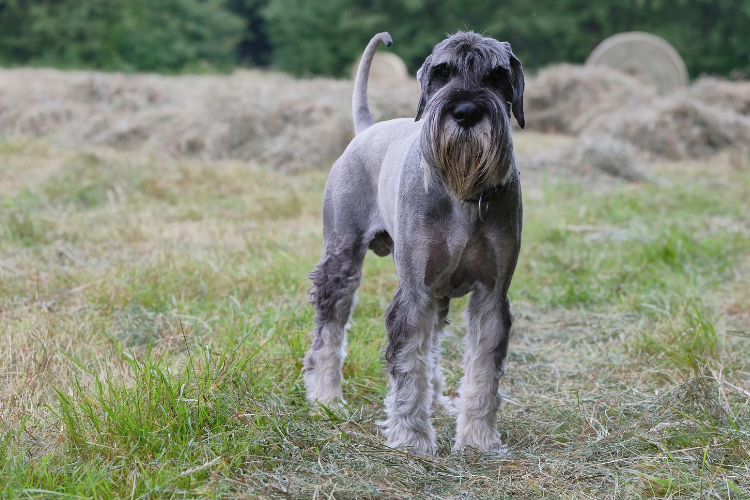
Standard Schnauzers bring a unique combination of intelligence and personality to training that makes them fascinating students. These dogs are smart enough to question commands but cooperative enough to follow through once they understand the reasoning. Their training style reflects their working heritage as versatile farm dogs who needed to think independently while still taking direction.
Schnauzers approach learning with a methodical precision that’s almost human-like. They prefer to understand the “why” behind commands rather than simply following orders blindly. This makes training sessions more interactive and engaging, as these dogs will often offer variations on commands or find creative ways to accomplish tasks.
12. Belgian Malinois bring athletic intelligence to every lesson.
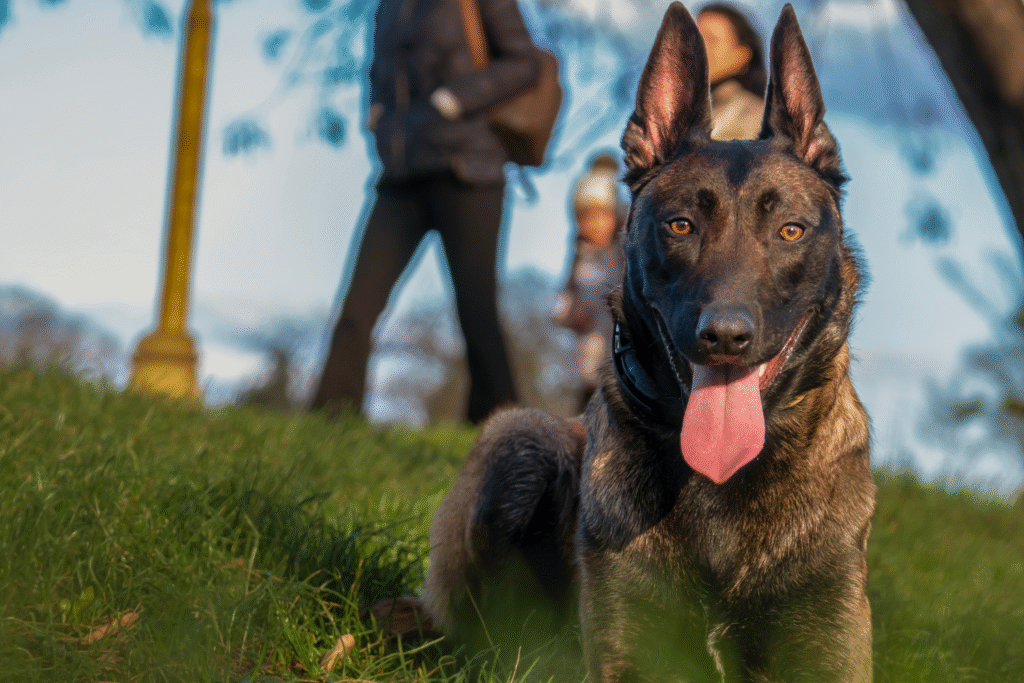
Belgian Malinois represent the perfect fusion of physical capability and mental acuity. These intense working dogs approach training with the focus of professional athletes, bringing a level of concentration and drive that’s remarkable to witness. Their success in military and police work isn’t just about their physical abilities – it’s their capacity to learn and retain complex training under pressure.
Malinois don’t just learn commands; they perfect them through repetition and refinement. Their training sessions often feel more like advanced workshops than basic obedience classes. These dogs thrive on challenging work and actually need complex training to stay mentally satisfied. Their intelligence is both deep and practical, making them capable of mastering intricate skills that require split-second decision-making and flawless execution.
